There was a new surprise announcement from the Google headquarters.
Larry Page announced yesterday that,
“We are creating a new company, called Alphabet (http://abc.xyz). I am really excited to be running Alphabet as CEO with help from my capable partner, Sergey, as President.”
He also added we are excited about…
• Getting more ambitious things done.
• Taking the long-term view.
• Empowering great entrepreneurs and companies to flourish.
• Investing at the scale of the opportunities and resources we see.
• Improving the transparency and oversight of what we’re doing.
• Making Google even better through greater focus.
• And hopefully...as a result of all this, improving the lives of as many people as we can.
Alphabet Inc. will replace Google Inc. as the publicly-traded entity and all shares of Google will automatically convert into the same number of shares of Alphabet, with all of the same rights. Google will become a wholly-owned subsidiary of Alphabet. Our two classes of shares will continue to trade on Nasdaq as GOOGL and GOOG. Sergey and I are seriously in the business of starting new things. Alphabet will also include our X lab, which incubates new efforts like Wing, our drone delivery effort. We are also stoked about growing our investment arms, Ventures and Capital, as part of this new structure.
What is Alphabet?
(As Larry explained...)
Alphabet is mostly a collection of companies. The largest of which, of course, is Google. This newer Google is a bit slimmed down, with the companies that are pretty far afield of our main internet products contained in Alphabet instead. What do we mean by far afield? Good examples are our health efforts: Life Sciences (that works on the glucose-sensing contact lens), and Calico (focused on longevity). Fundamentally, we believe this allows us more management scale, as we can run things independently that aren’t very related.
Alphabet is about businesses prospering through strong leaders and independence. In general, our model is to have a strong CEO who runs each business, with Sergey and me in service to them as needed. We will rigorously handle capital allocation and work to make sure each business is executing well. We'll also make sure we have a great CEO for each business, and we’ll determine their compensation. In addition, with this new structure we plan to implement segment reporting for our Q4 results, where Google financials will be provided separately than those for the rest of Alphabet businesses as a whole.
This new structure will allow us to keep tremendous focus on the extraordinary opportunities we have inside of Google
New Management Heads at Alphabet and Google:
As regards, management Google co-founders Page and Brin will become CEO and President of the new company, respectively and Sundar Pichai, will become the new Google CEO.
In favor of Sundar Pichai Larry said,
"He has really stepped up since October of last year, when he took on product and engineering responsibility for our internet businesses. Sergey and I have been super excited about his progress and dedication to the company. http://www.webpro.in/google-becomes-a-division-of-alphabet-inc-and-sundar-pichai-is-the-new-ceo-at-google/ http://www.webpro.in/google-becomes-a-division-of-alphabet-inc-and-sundar-pichai-is-the-new-ceo-at-google/ http://www.webpro.in/google-becomes-a-division-of-alphabet-inc-and-sundar-pichai-is-the-new-ceo-at-google/ http://www.webpro.in/google-becomes-a-division-of-alphabet-inc-and-sundar-pichai-is-the-new-ceo-at-google/ http://www.webpro.in/google-becomes-a-division-of-alphabet-inc-and-sundar-pichai-is-the-new-ceo-at-google/And it is clear to us and our board that it is time for Sundar to be CEO of Google. I feel very fortunate to have someone as talented as he is to run the slightly slimmed down Google and this frees up time for me to continue to scale our aspirations."
Read More:
http://googleblog.blogspot.in/2015/08/google-alphabet.html?m=1
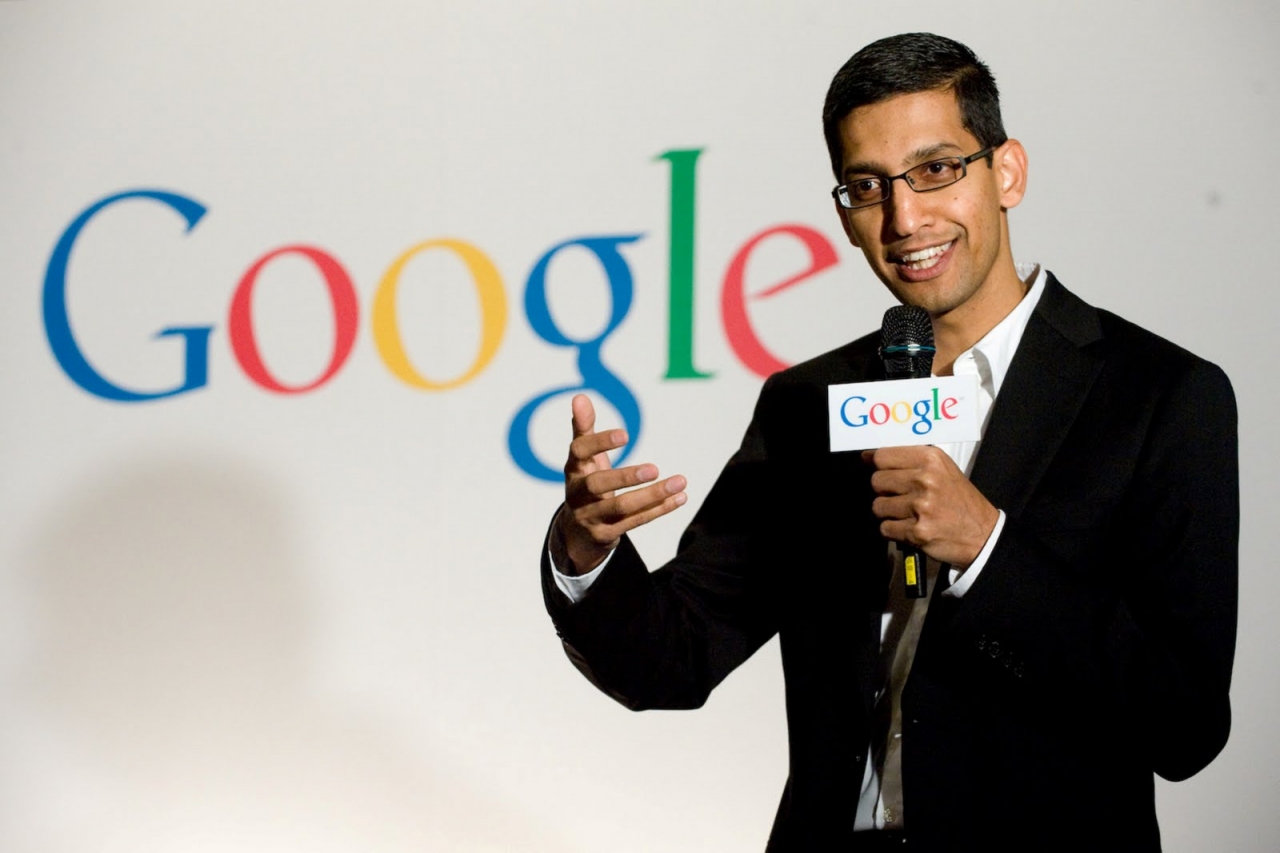
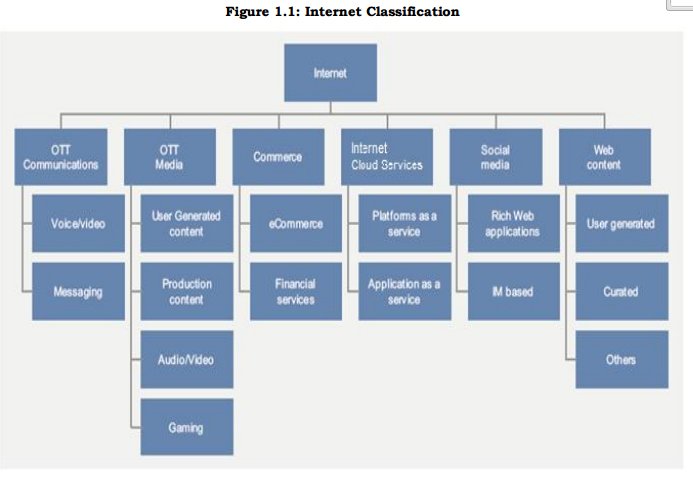
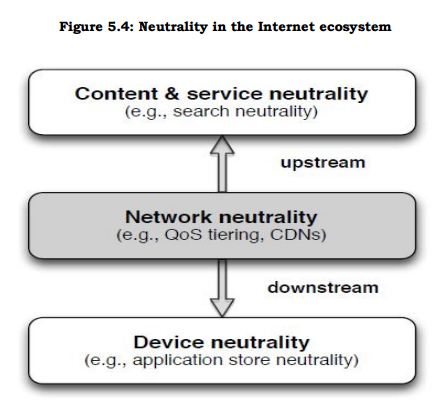

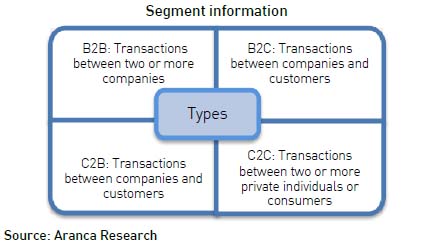
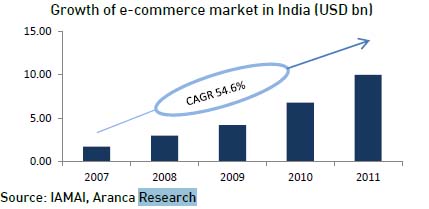
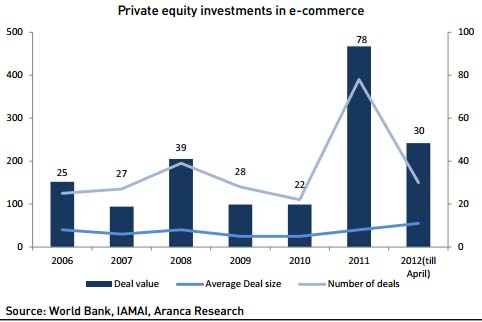
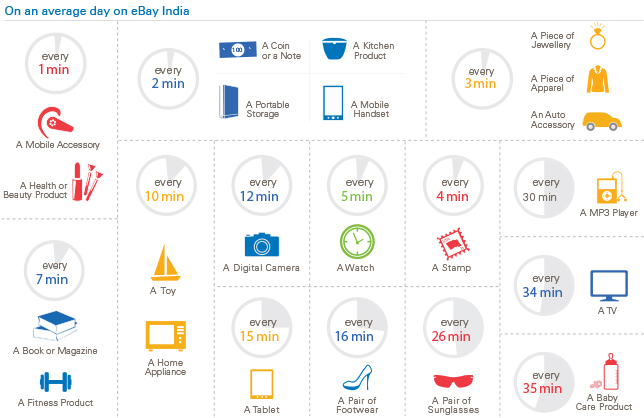

 To generate leads and drive traffic to the website is the major SEO objective for companies investing in SEO. But the objective of driving traffic to website has gone down by 8% in 2012 since last year.
To generate leads and drive traffic to the website is the major SEO objective for companies investing in SEO. But the objective of driving traffic to website has gone down by 8% in 2012 since last year.

 Though the companies having a budget of $1 to $25000 has gone down by 7% in 2012 as compared to last year , the companies allocating a budget of $25000 to $75000 has gone up by 9% in 2012. There is a 4% increase in the no. of companies allocating a budget of more than $3 million too. This again is a positive trend that companies are willing to allocate higher budgets for SEO.
Though the companies having a budget of $1 to $25000 has gone down by 7% in 2012 as compared to last year , the companies allocating a budget of $25000 to $75000 has gone up by 9% in 2012. There is a 4% increase in the no. of companies allocating a budget of more than $3 million too. This again is a positive trend that companies are willing to allocate higher budgets for SEO.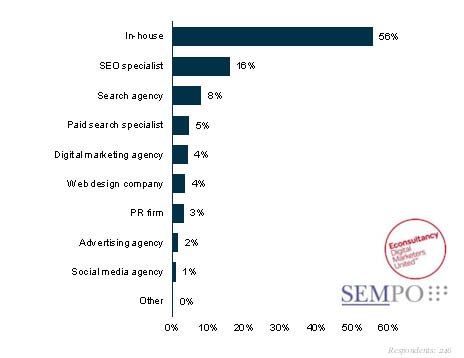
 Glad to see that there are more companies willing to hire SEO specialists rather than SEO agencies. This again proves that SEO is a specialized service which needs to be implemented by individuals or small close knit and like minded teams for better results.
Glad to see that there are more companies willing to hire SEO specialists rather than SEO agencies. This again proves that SEO is a specialized service which needs to be implemented by individuals or small close knit and like minded teams for better results.
 Measuring the ROI from SEO seems to be still at the helm for the challenges faced for managing SEO. This problem will be automatically solved when the metrics to measure SEO is decided upon by the company. This will be a continuing trend though, because the total ROI from SEO can never be measured as the ROI from SEO is an ongoing thing. This is because the brand and reputation created by SEO makes the company accrue returns in future. Many times the targeted traffic which visits the site as a result of SEO services may not take any immediate decision for buying or contacting the company but may delay the decision for various reasons.
Measuring the ROI from SEO seems to be still at the helm for the challenges faced for managing SEO. This problem will be automatically solved when the metrics to measure SEO is decided upon by the company. This will be a continuing trend though, because the total ROI from SEO can never be measured as the ROI from SEO is an ongoing thing. This is because the brand and reputation created by SEO makes the company accrue returns in future. Many times the targeted traffic which visits the site as a result of SEO services may not take any immediate decision for buying or contacting the company but may delay the decision for various reasons.











